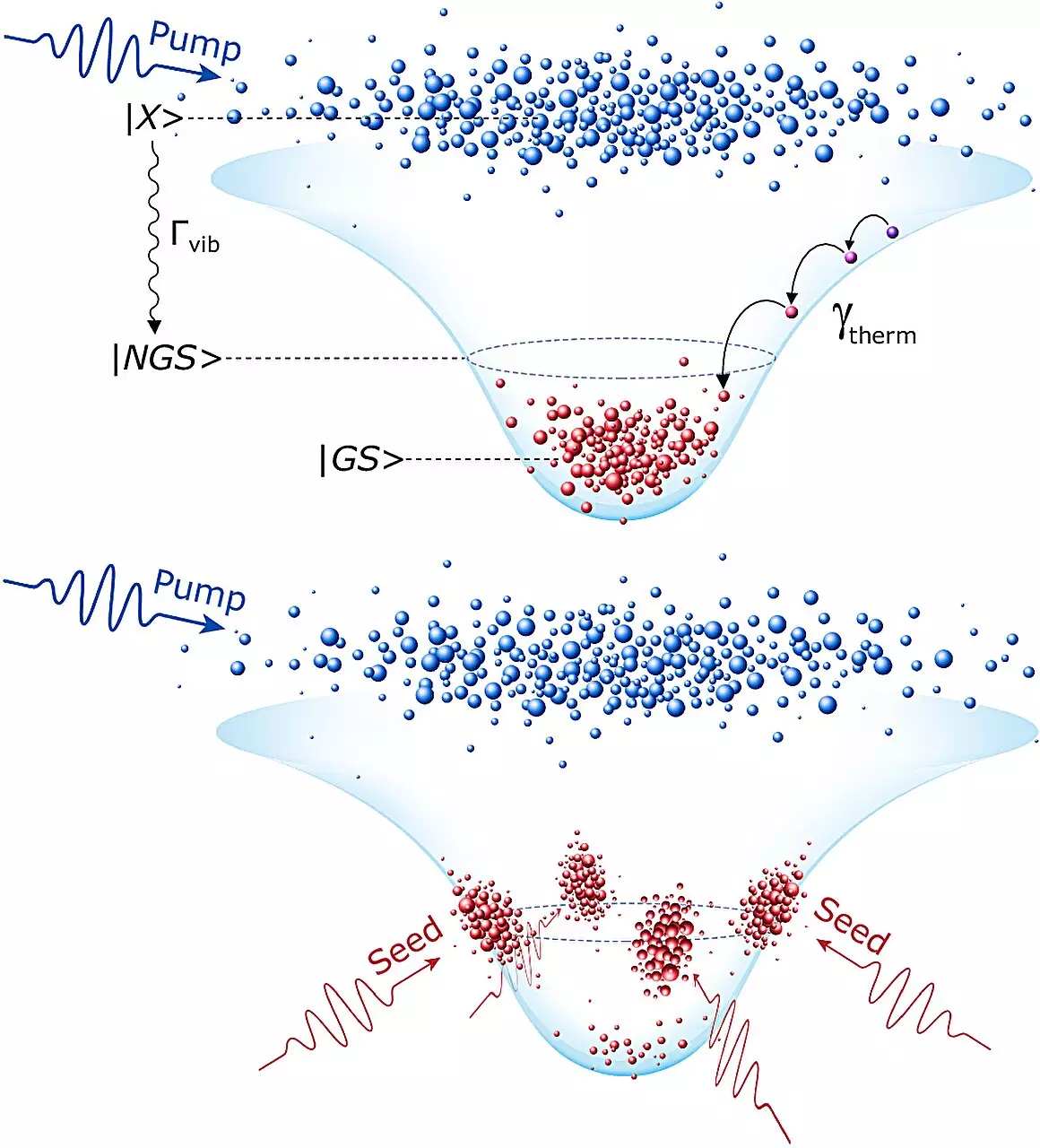In a groundbreaking endeavor, researchers from Skoltech and Bergische Universität Wuppertal have unveiled a universal NOR logical element that could redefine the future of computing. What sets this invention apart is its reliance on polariton condensates and its ability to operate at room temperature without the need for electrical currents. This optical logic gate symbolizes a remarkable leap in logic gate technology, showcasing capabilities that far outpace traditional electronic models by operating at speeds that could exceed current benchmarks by significant margins. Published in the journal *Nature Communications*, these findings hold promise for the development of optical computers, a long-sought goal in the field of computational science.
Pushing the Boundaries of Speed
One of the most remarkable aspects of this new logic element is its speed, which, according to Denis Sannikov, the lead author and deputy head of the Hybrid Photonics Laboratory at Skoltech, could reach up to 1 THz—an astounding 300 times faster than conventional electronic counterparts. In an era when processors are often limited to frequencies in the GHz range, the implications of such advancements are staggering. The relentless pursuit to enhance computational speed has historically been met with discomforting limitations inherent to electronic systems, particularly the challenge of heat generation when clock frequencies are escalated beyond several GHz. Optical computing, in stark contrast, sidesteps these barriers, offering a new realm in which data can be processed with unprecedented rapidity.
A Tantalizing Possibility: Cascading Logic Gates
The innovation does not end with speed; the capacity for the new NOR gate to be cascaded opens the door to intricate optical circuits that can perform complex calculations. The law of digital logic dictates that we need a foundational set of logic gates to create complex instruction sets, and this new optical architecture could facilitate that. In typical computer processors, billions of transistors collaborate to execute basic logical operations, using binary inputs and outputs to relay crucial information. The potential of cascading the newly developed optical gates allows multiple inputs—12, to be precise—significantly enhancing the processing abilities and logical operations capacity of future optical circuits.
Liquid Light: A Game-Changer for Optical Techniques
This remarkable journey into optical logic gates is underpinned by the unique properties of polariton condensates, often dubbed ‘liquid light.’ As Sannikov explains, polaritons can amplify weak optical signals tremendously, rendering them a powerful tool in optical computing. The technique of inducing condensation of polaritons into a stable state mirrors how water vapor condenses into droplets. This sophisticated manipulation has enabled the development of a circuit that can extinguish optical signals using light itself—an essential requirement for rigorous logical operations.
Overcoming Historical Challenges
The creation of an optical logic converter has historically posed significant challenges, largely due to the peculiar behavior of light. Photons, unlike their electronic counterparts, evade interaction with one another in a manner that complicates logical operations. Achieving a reliable and efficient optical logic unit has been a formidable challenge that seemed to stump researchers for decades. However, by capitalizing on the transformative properties of polaritons, the Skoltech team has not only enabled the construction of optical gates but has also opened a window to an exciting prospect where optical computing can flourish free from the restrictions of traditional electronic elements.
A Paradigm Shift for Computing
The innovation showcased by this research team is a pivotal moment in computational history. The potential for optical computers to outperform traditional systems significantly cannot be overstated. As our reliance on computing systems continues to grow, the exploration of alternative technologies that promise greater speed, efficiency, and lower energy consumption is essential. This venture into optical logic gates stands as a testament to human ingenuity and the ceaseless quest for innovation.
The forthcoming era of optical computing, driven by these new discoveries, is not merely an academic curiosity; it signifies a potential shift in how we approach data processing and computation. Harnessing the power of light introduces new methodologies that could drastically reshape everything from everyday technology to complex scientific computations. It’s an exciting time for researchers and technologists alike as they stand on the brink of what might be the next great revolution in computing.


Leave a Reply